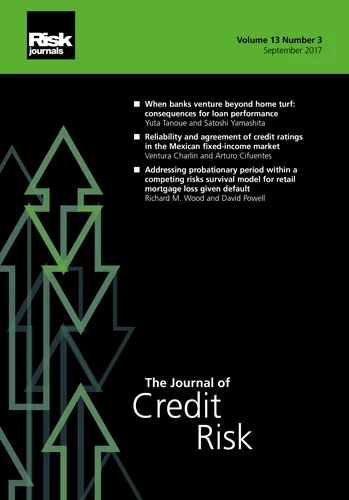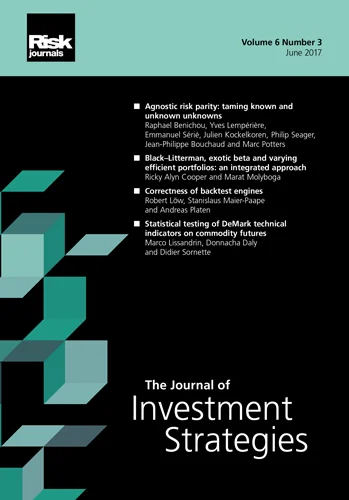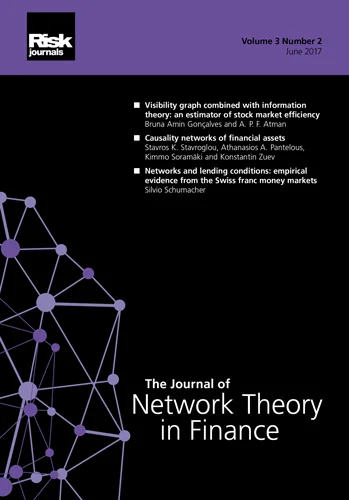Journal of Risk Model Validation
ISSN:
1753-9587 (online)
Editor-in-chief: Steve Satchell

Simple models in finance: a mathematical analysis of the probabilistic recognition heuristic
Martín Egozcue, Luis Fuentes García, Konstantinos V. Katsikopoulos and Michael Smithson
Need to know
- We provide a complete mathematical analysis of the probabilistic recognition heuristic.
- Comparisons between the expected accuracy rate of the recognition heuristic and the random inference are provided.
- We evaluate whether having less or more information yields higher expected accuracy rate.
Abstract
It is well known that laypersons and practitioners often resist using complex mathematical models such as those proposed by economics or finance, and instead use fast and frugal strategies to make decisions.We study one such strategy: the recognition heuristic. This states that people infer that an object they recognize has a higher value of a criterion of interest than an object they do not recognize. We extend previous studies by including a general model of the recognition heuristic that considers probabilistic recognition, and carry out a mathematical analysis. We derive general closed-form expressions for all the parameters of this general model and show the similarities and differences between our proposal and the original deterministic model. We provide a formula for the expected accuracy rate by making decisions according to this heuristic and analyze whether or not its prediction exceeds the expected accuracy rate of random inference. Finally, we discuss whether having less information could be convenient for making more accurate decisions.
Copyright Infopro Digital Limited. All rights reserved.
As outlined in our terms and conditions, https://www.infopro-digital.com/terms-and-conditions/subscriptions/ (point 2.4), printing is limited to a single copy.
If you would like to purchase additional rights please email info@risk.net
Copyright Infopro Digital Limited. All rights reserved.
You may share this content using our article tools. As outlined in our terms and conditions, https://www.infopro-digital.com/terms-and-conditions/subscriptions/ (clause 2.4), an Authorised User may only make one copy of the materials for their own personal use. You must also comply with the restrictions in clause 2.5.
If you would like to purchase additional rights please email info@risk.net








